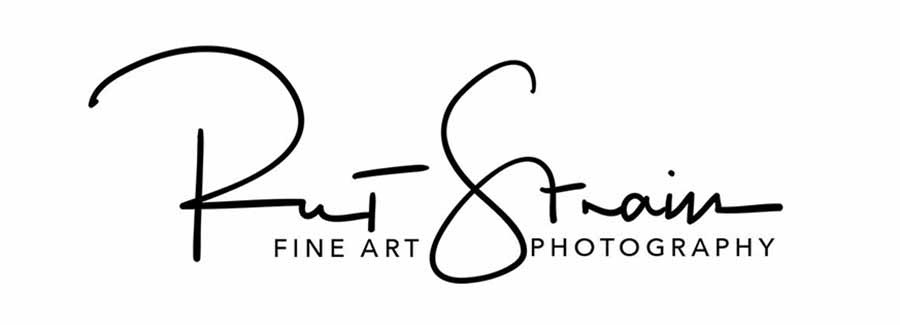Reflected Light
Landscape photographers both love and dread summers in the Southwest. Warm afternoons and airflow from the south bring monsoon clouds and potential lightning captures. But that same heat can threaten one with dehydration and the light can create deep shadows and dynamic ranges that are challenging. Summer nights can have clear skies with the opportunities to capture a dramatic Milky Way behind a subtly lit foreground. But that can mean a lack of sleep and the requisite mid-day nap.
Then there is weather that doesn’t cooperate. The bane of the landscape photographer on a July afternoon is totally clear skies. But wait! There are times when clear skies can make for perfect light though. That is, perfect reflected light. And that light is made all the more perfect by the high canyon walls we find in the Southwest.
The most well known example of reflected light is found in slot canyon photos. We learn a lot about reflected light from these canyons. The white light of day is a mixture of all colors. As this light hits a sandstone wall, the cooler, shorter wave lengths of light get absorbed and we see a mixture of the warmer tones, usually interpreted as some shade of orange even though may contain lots of yellow and red. As this light bounces off more walls as it gets deeper in a canyon, we first see darker oranges higher in the canyon, then more reds as it gets lower in the canyon, and eventually it mixes with the blue shades of the deep shadows to create the browns and purples that photographers may choose to bring out in their images.
The best time to photograph deep slot canyons is during the middle of a summer day when a more vertical sun can penetrate further into a slot canyon. Shallow slot canyons are better shot mid-morning or later in the afternoon to reduce the number of sunlit (blown out) areas in a photo. For this reason, I choose to shoot Upper Antelope Canyon between noon and 2 pm, but prefer the shallower Lower Antelope Canyon between 9 and 11 am or between 3 and 5 pm.
There are many more places to look for reflected light during the middle of the day. Look for large canyon walls that face the area you want to photograph. Then find a time of day when your subject will be in the shade but the reflecting wall will be sunlit. An example is this image of well known House on Fire in Utah. There is a relatively short window of time when reflected light will warm the area photographed. The warm colors of this image can only be found before noon. After that the southwest facing alcove starts to receive light from the afternoon sun. It can pay to research your planned location ahead of time by visiting websites where other photographers talk about the best time for reflected light and using map apps and PhotoPills or The Photographers Ephemeris to determine sun angles and subject exposure to light.
Portrait photographers and fashion photographers often plan their mid-day shoots by searching for south facing walls that reflect strong light into shaded areas. In particular, look for light colored walls that will evenly light your subject. This could be a rock structure at Joshua Tree National Park or a tall building in the city. The bounced light becomes the reflector that might normally be used in the studio to reflect light from a strobe. In this case, the strobe is the sun. You will find that this light provides outstanding highlights and warming tones.

When fall comes, look to photograph sunlit fall color reflected in water. For best results, find a nicely lit area of trees and stand in the shade with the sun to your back as you look across the stream or lake.
So go ahead and take that nap to recover from short summer nights, but also look for daytime opportunities that make a little sleep deprivation worthwhile. The rewards can be big!


